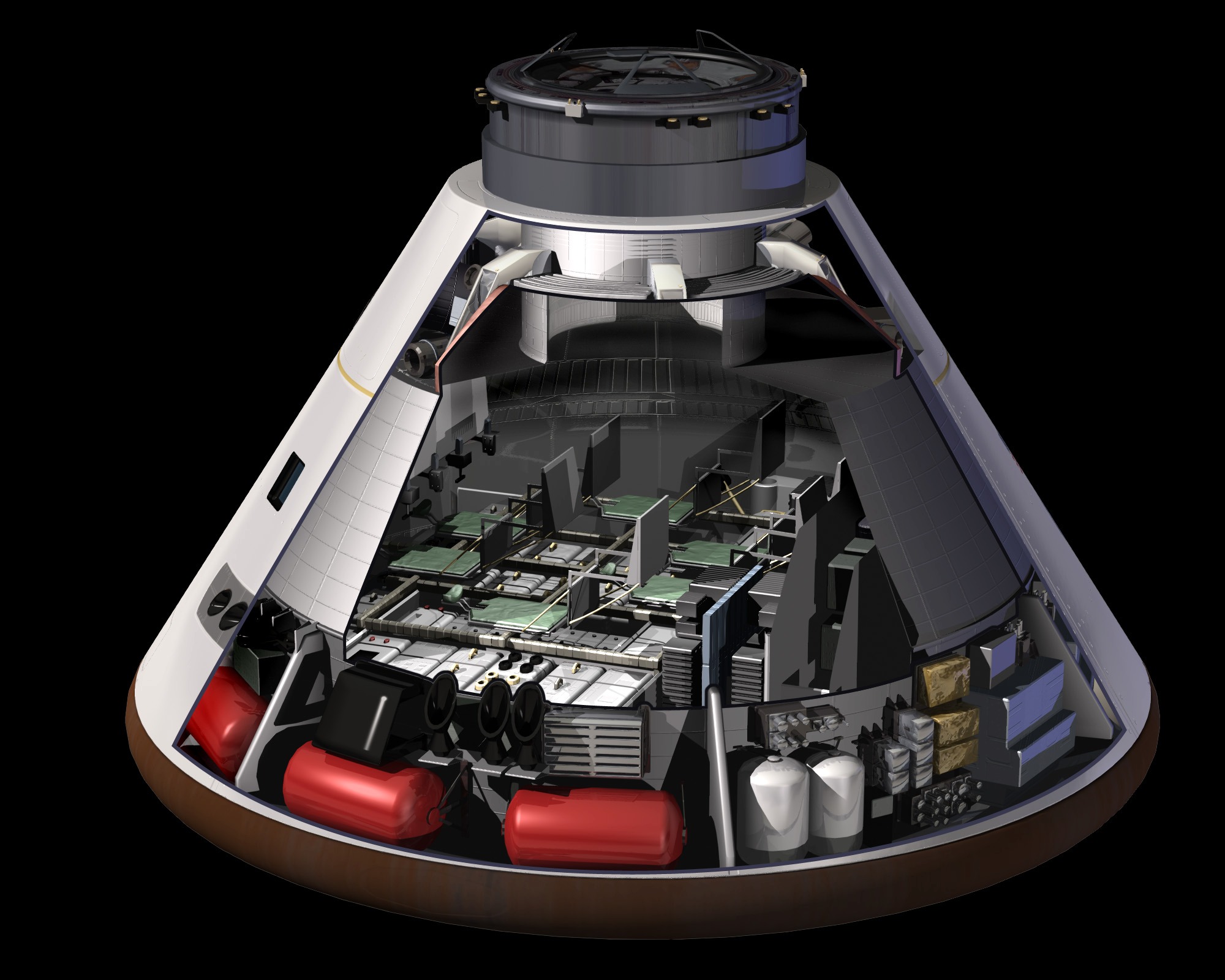Early on Monday, NASA’s Orion spacecraft made a historic pass over the lunar surface, passing roughly 80 miles (130 kilometers) above it. The mission was intended to test NASA’s capacity to one day return astronauts back to the moon.
Orion is expected to go more than 40,000 miles beyond the far side of the moon after its lunar approach, the farthest any spaceship intended to carry humans has ever gone. Orion is built to carry astronauts but is only carrying inanimate, scientific payloads for its first trip.
All of this is a part of NASA’s Artemis program, which intends to create a lunar outpost that can one day permanently host astronauts in the hope of unlocking a route to Mars.
Last Wednesday morning, the Artemis I mission was launched by NASA’s troubled and long-delayed Space Launch System, or SLS, rocket, establishing it as the most formidable operational launch vehicle ever created. The thrust of the SLS rocket was 15% greater than that of the Saturn V rocket, which propelled the moon landings in the 20th century.
Currently, Orion is traveling around the moon for 25 and a half days.
The world’s First Space Hotel in 2027- https://www.youtube.com/watch?v=f3qOkMlJgXs&t=31s
The Orion spacecraft’s flyby of the lunar surface on Monday marked the closest approach to the moon before it enters what is known as a “distant retrograde orbit,” in which it will circle the moon in the opposite direction from how the moon orbits the Earth.
According to NASA’s Artemis mission manager Michael Sarafin, the course is intended to “stress test” the Orion capsule.
On December 11, the Orion spacecraft is planned to return to Earth after plunging the moon and land softly in the Pacific Ocean.
In preparation for future missions including astronauts, NASA recovery ships will be waiting at the targeted landing site, which is only a short distance off the coast of San Diego. Additionally, they’ll be searching for some technical equipment that was on board that had collected data in order to help NASA understand how astronauts would be impacted by upcoming journeys.
The Orion capsule has experienced more than a dozen “funnies” that NASA has had to work out, but overall, the spacecraft is working “very well,” Sarafin told reporters on Friday.
One issue that arose was Orion’s star tracker, a mechanism that uses a map of the cosmos to inform engineers on Earth of the orientation of the spaceship.
The Orion capsule has experienced more than a dozen “funnies” that NASA has had to work out, but overall, the spacecraft is working “very well,” Sarafin told reporters on Friday.
One problem that arose was Orion’s star tracker, a mechanism that uses a map of the cosmos to inform engineers on Earth of the orientation of the spaceship. A learning curve that comes with piloting a new spacecraft was blamed by NASA officials for some data readings that weren’t returning as expected.
We overcame that, and the Orion crew provided some excellent leadership, according to Sarafin.
Before the trip, “we had a knowledge of the system,” he continued. “We made projections about things like how much power we would use or
We don’t quite match how much propellant the vehicle would need, how hot it would be, or any of those things. And it’s performing better in the majority of cases.
“We’re seeing things that don’t quite match our predictions. And the team is spending the time to go through that with a fine-tooth comb to make sure that there isn’t something else there that is potentially a latent issue.”
Before NASA made its final decision on Saturday to set the Orion spacecraft on a course to enter its far-off retrograde orbit around the moon, Sarafin made his remarks.
One of the primary goals of the trip is to test that the Orion spacecraft operates as intended and to provide NASA the opportunity to make any necessary modifications and repairs before astronauts embark for the Artemis II mission, which won’t launch until at least 2024. Astronauts will attempt to touch down on the moon on the third Artemis mission, which will use the Orion spacecraft and a SpaceX vehicle.


:max_bytes(150000):strip_icc()/GettyImages-151541875-adcfc13d221e40e4946f571b57180f3d.jpg)


Your article helped me a lot, is there any more related content? Thanks!